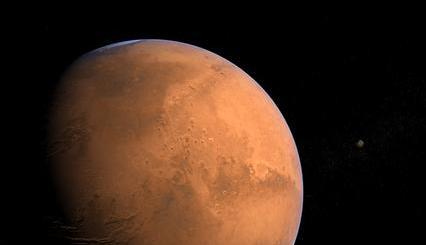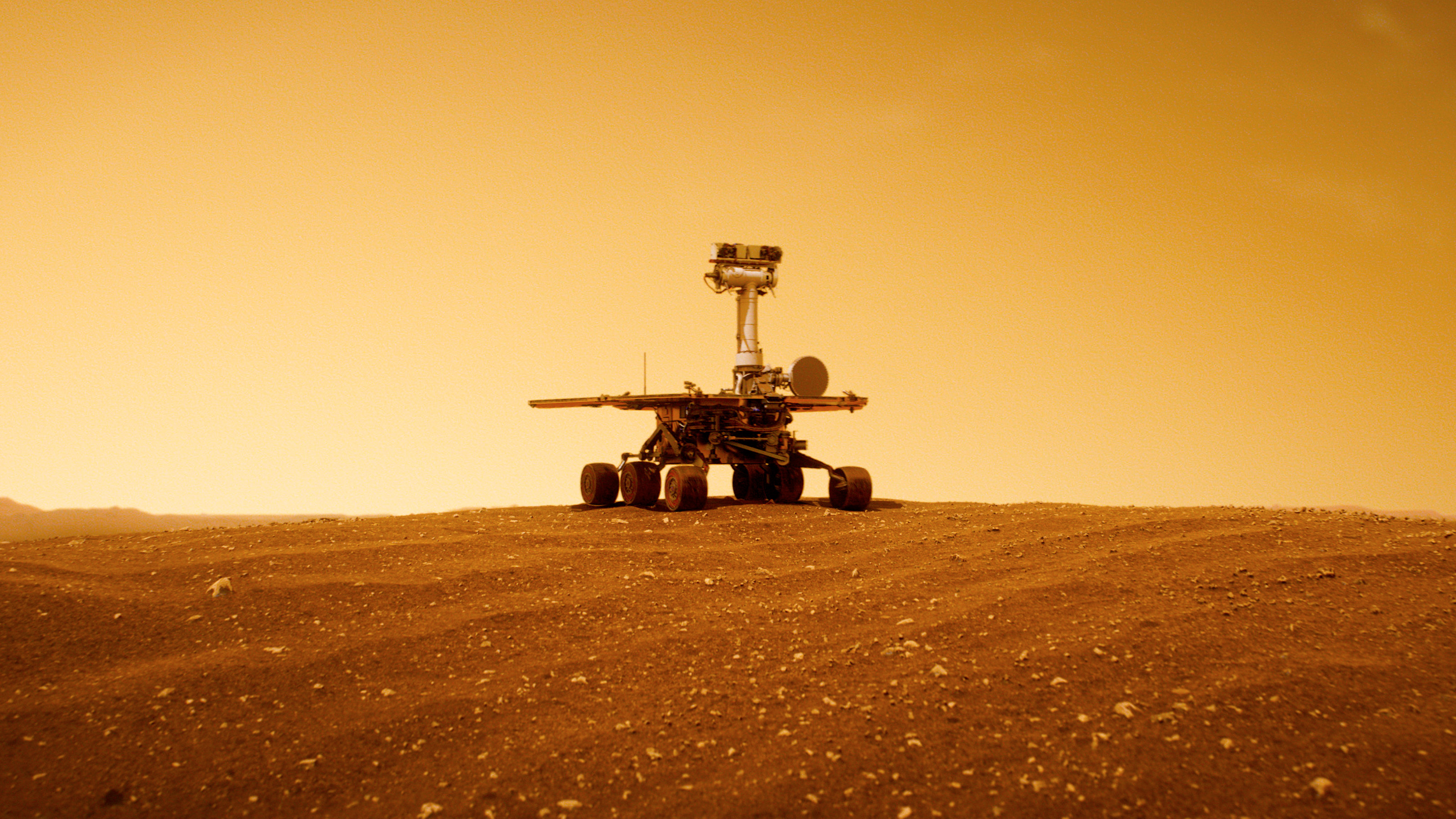How NASA’s Mars Rover Will Help Humans Reach the Red Planet

What’s the Latest Development?
With just 32 days until Curiosity, NASA’s newest Mars rover, is set to touch down, scientists are planning to evaluate how suitable its landing technology could be for a manned mission to the Red Planet. Curiosity will use unique landing hardware called the Sky Crane, a form of Supersonic Retro Propulsion where the same force used to lift rockets off of planets is turned around, helping to slow the vehicle as it rushes toward the Martian surface. Though the chemical processes needed for this strategy are well understood, rockets function differently at supersonic speeds and more tests are necessary to design engines that can handle that stress.
What’s the Big Idea?
A meeting of the Lunar Planetary Institute convened last month to discuss other ways to land a craft on Mars, namely Hypersonic Inflatable Aerodynamic Decelerators (HIADs) and various forms of aerobraking. HIADs are better known as heat shields, “which work by using a large surface area to create enough drag through the atmosphere of a planet to slow the traveling craft to a reasonable speed.” Mars’ thin atmosphere, however, makes resistance much less effective. An aerobraking system called a ballute might also be used, using the air rushing past the craft to fill a tethered balloon. “The compression of the air rushing into the ballute would cause the gas to heat up, in effect creating a hot air balloon that would have similar lifting properties to those used on Earth.”
Photo credit: Shutterstock.com





